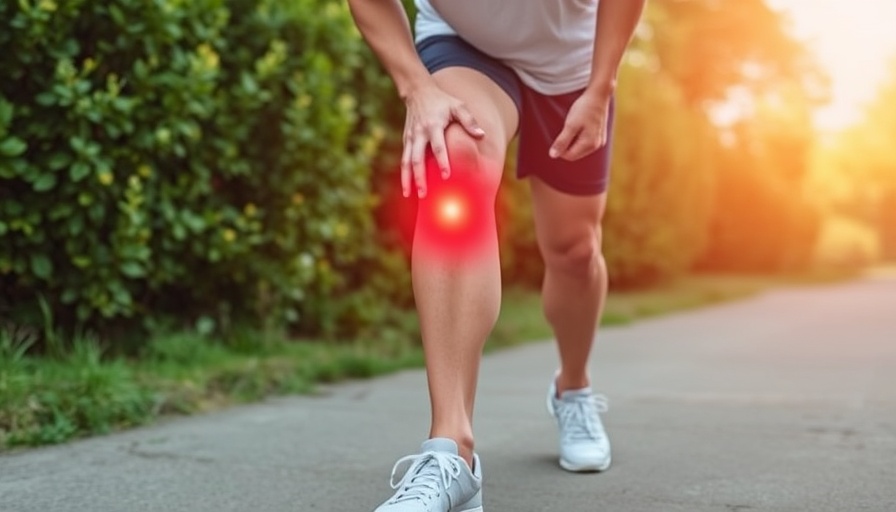
The Hidden Risks: Gabapentin and Cognitive Decline
A recent study has brought to light alarming connections between gabapentin, a medication prescribed for chronic lower back pain, and an increased risk of dementia. Researchers from Case Western Reserve University and Arizona State University examined patient data revealing that those with multiple prescriptions for gabapentin face significantly higher chances of developing dementia and mild cognitive impairment (MCI). Specifically, individuals receiving six or more prescriptions showed a staggering 29% increase in dementia diagnosis risk and an alarming 85% increase in MCI within a decade.
Understanding Gabapentin's Functionality
Gabapentin works by dampening nerve activity, which can alleviate pain and reduce seizure risks. However, this mechanism of action raises concerns about its impact on cognitive health. As it alters critical communication pathways in the brain, researchers worry it may inadvertently contribute to cognitive decline. The study highlights the need for healthcare providers to closely monitor the cognitive health of patients prescribed gabapentin, particularly young adults, as they are most susceptible based on this recent data.
A Closer Look at the Evidence
While this study's findings amplify concerns regarding gabapentin, it is crucial to acknowledge the mixed results of prior research on this topic. A 1997 study suggested no correlation between gabapentin and cognitive decline in epilepsy patients, indicating that data can vary significantly across different patient groups. This inconsistency highlights the complexities of dementia research, influenced by various factors, including patient age, underlying medical conditions, and the specific type of pain treated.
Broader Implications for Chronic Pain Management
As healthcare professionals increasingly prescribe gabapentin due to its perceived lower addiction risk compared to opioids, particularly in younger patients, balancing effective pain management with potential long-term cognitive effects becomes vital. Gabapentin's reputation as a safer alternative for pain relief must be reassessed in light of these emerging findings. The study emphasizes the need for a strategic reevaluation of prescribing practices and requires transparent communication about potential cognitive risks associated.
Research Opportunities and Future Directions
This study opens avenues for more extensive research into the relationship between gabapentin and dementia. Understanding whether gabapentin directly contributes to cognitive decline will require further investigation, particularly in diverse patient groups beyond those with chronic back pain. Researchers hope to unravel the underlying mechanisms behind this association, paving the way for safer treatment alternatives and comprehensive patient care approaches.
Questions Patients Should Ask
Given the study's implications, patients prescribed gabapentin should feel empowered to ask their healthcare providers critical questions. These might include inquiries about monitoring cognitive health, understanding potential side effects in the long term, and exploring alternative treatment options for chronic pain management. Patients should actively participate in their care decisions, ensuring they are informed about the potential risks associated with their treatment plans.
Conclusion
This latest research underscores the importance of ongoing investigations into commonly prescribed medications like gabapentin, emphasizing that even widely used drugs may carry unforeseen risks. As our understanding of dementia evolves, treading carefully in utilizing effective pain management strategies while safeguarding cognitive health will be crucial.
As new evidence emerges, both healthcare providers and patients must remain vigilant and informed. Each decision regarding medication should be made collaboratively, prioritizing the holistic well-being of individuals affected by chronic pain. For further insights and updates on the implications of this study and related subjects, stay engaged with ongoing research discussions.
 Add Row
Add Row  Add
Add 




Write A Comment